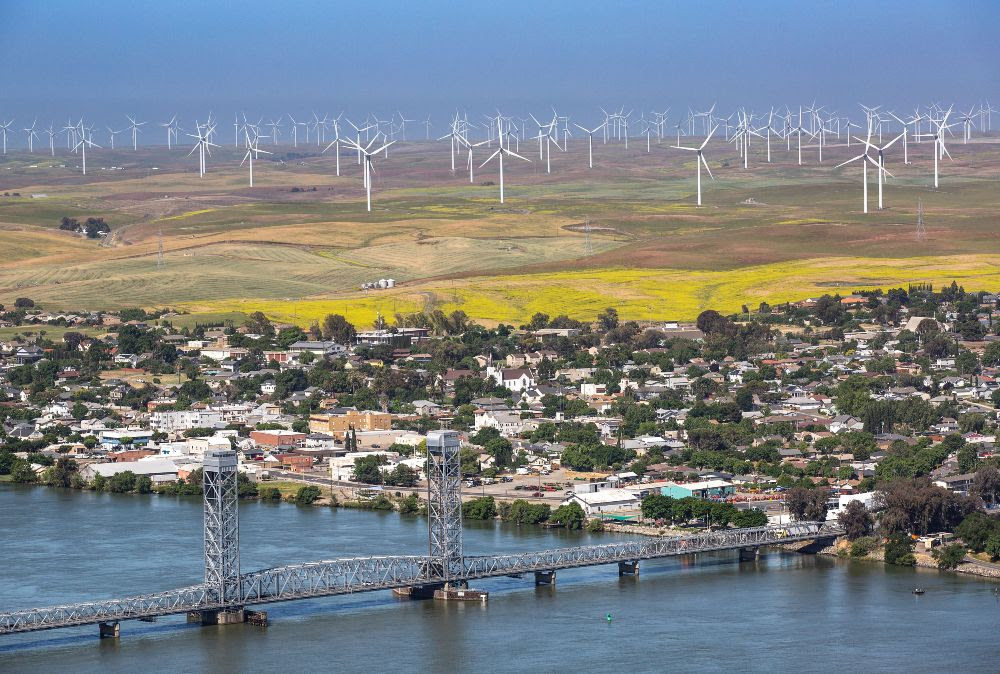|
For years, opponents of wind energy development have argued that the projects lead to a decrease in property values, despite the companies proposing the projects saying there was almost no evidence to support such claims.
A new paper published in the journal Energy Policy is likely to shake up this debate with its finding that properties within a mile of a proposed wind farm experience an average decrease in value of 11 percent following the announcement of the project, compared to properties located three to five miles away.
The decrease in property value begins after the wind farm is announced and continues during construction. But the difference fades away a few years after the project is operational to the point that properties within a mile of a project have values that are indistinguishable from those three to five miles from a project.
“The potential for a wind project is something that people are reacting to,” said Ben Hoen, a co-author of the paper and a research scientist at the Lawrence Berkeley National Laboratory.
It’s not much of a stretch to foresee opponents of wind farms highlighting the 11 percent decrease in property values from the paper without mentioning that this difference fades to zero over time.
I asked Hoen what he thinks of the possibility that aspects of this research could be cherry-picked to argue against development.
“I can’t speak for people that are using it incorrectly,” he said.
The main caveat, he said, is that the paper doesn’t take into account any of the financial benefits of wind farms, which might affect all homes in the area and could include an infusion of new revenue for local governments and schools. For some, or even many, of the people living within a mile of a wind farm, the benefits may outweigh the temporary loss in property value.
The paper also finds that the negative effects on property values were apparent for wind farms near metro areas, while the effects were not apparent outside of metro areas.
Why the discrepancy? I asked Hoen.
“We can only hypothesize,” he said. “But one of the theories out there that’s been supported by other research is that individuals that are in those urban fringe areas value the landscape differently than people in more rural areas. They might value all the open space because there isn’t as much of it. They might place more value on the views from their homes than individuals that are in a working rural environment.”
Hoen is a leading researcher on the effects of renewable energy development on other variables, such as property values. I wrote in March about a paper he co-authored about solar projects and property values, showing a small negative effect for homes located near projects in some states, and no effect in other states.
I reached out to Sarah Mills of the University of Michigan, who has written about community attitudes on renewable energy development, to get her reaction. She has collaborated with Hoen in the past but was not involved in this paper.
“As we deploy things, more becomes known once the impacts have time to play out in communities,” she said. “So I think that this paper is certainly something that is going to factor into community conversations.”
She noted that some of the most widely cited studies of wind energy and U.S. property values showed little or no measurable negative effect, so these results differ from previous information.
Hoen co-authored some of those earlier studies and, as he continues to work on the subject, he is able to draw on larger sets of data to measure property values as more projects get built and more time passes. The new paper is based on an analysis of a sample of 428 wind farms in the United States and about 500,000 sales of properties located within five miles of one of the wind farms.
Hoen said his goal with this work is to provide information that can help communities to make sense of complex questions about wind farm development.
“It’s extremely important for them to have good information on which to make those decisions,” he said. |
